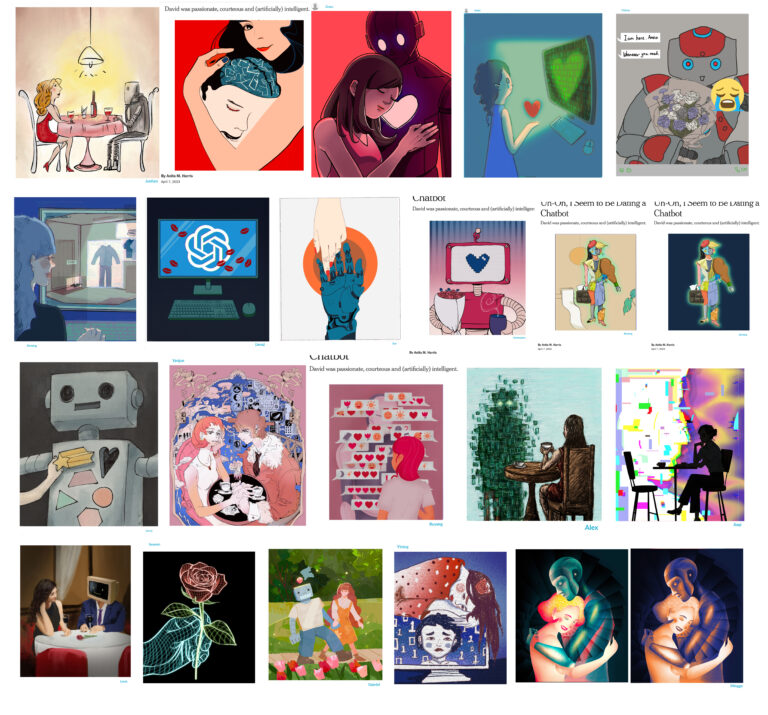Dropped by last night’s opening at the Davis Orton Gallery in Hudson, NY, where former Cantabridgians Karen Davis and Mark Orton featured photographers John Chervinsy, John Cyr, Elaine Mayes, and David Torcoletti –each making powerful statements about photography, art, perception, human emotion and the passage of time.

In “Studio Physics,” Chervinsky’s images challenge traditional photography by depicting not a single instant, but the passage of time. He begins by composing and photographing a still life. Then, he crops a subset of the image sends it as a file digitally to a painting factory in China, waits weeks for an anonymous artist in China to complete an oil painting of the cropped section and send it back in the mail, and, finally, he reinserts the painting into the original setup and rephotographs.
According to the Davis-Orton Website, “Chervinsky is interested in the tensions expressed in the comparison between reality vs. representation while adding, in this series, an unusual collaboration process with an anonymous artist half way around the world and subtle changes over time that we might otherwise take for granted.”

John Cyr’s photos of developer trays memorialize the specific, tangible tools used by photographer for a century–before the advent of digital media.
By titling each tray with its owner’s name–some quite renowned–” Cyr references the historical significance of these objects in a minimal manner that evokes thoughts about the images that have passed through each artist’s tray.”
While a few of the photographed trays appear relatively clean and empty, others frame beautiful abstract patterns and formations.

Elaine Mayes, former chair of the photography department at New York University, takes photos of artistic and advertising images in their context–usually through glass–to include not only the surrounding scene but also environmental particulars of the world beyond as reflected in the glass.
“While thematically, the project is about how photographs and advertising imagery permeate our lives; it is also about how the flattening of space in a photograph can produce a collage filled with unexpected content. ”

Especially moving were David Torcoletti “Soldiers”, a small portion of hundreds photographs of U.S. soldiers that, during the Vietnam War, were mailed to a South Vietnamese radio and television personality known professionally as “Mai Lan.” For hours every day, Mai Lan broadcast to American troops stationed there. She also spent much time visiting wounded soldiers in hospitals all around the country. English was her second language, but she was able to communicate very directly with her audience Often the photos were inscribed with simple, touching and sincere declarations of appreciation for giving comfort to the subjects of the pictures. When the North overran South Vietnam, Mai Lan had to leave quickly; she chose a small box of photographs to bring along, leaving hundreds behind.

According to the Davis Orton Web site, ” Years later, Mai Lan, now Denise, and a colleague of David Torcoletti’s at a private school, showed him the images”–many of which were not well preserved. Torcoletti photographed all of the images and, with her permission, digitally adjusted twenty-four that he found most powerful for exposure, contrast, burning, dodging, color balance and saturation. All of these decisions were emotional and aesthetic. “For Torcoletti, the power of these objects was in the way they were disintegrating, barely holding on to the original image while becoming something else entirely. They were now less specific to the individuals depicted and more about war and hope and a peculiar, distant “love” that sustained these men in impossible circumstances.”
The show closes November 11, 2012.
–Anita M. Harris
New Cambridge Observer is a publication of the Harris Communications Group, a public relations and online marketing firm based in Cambridge, MA.



